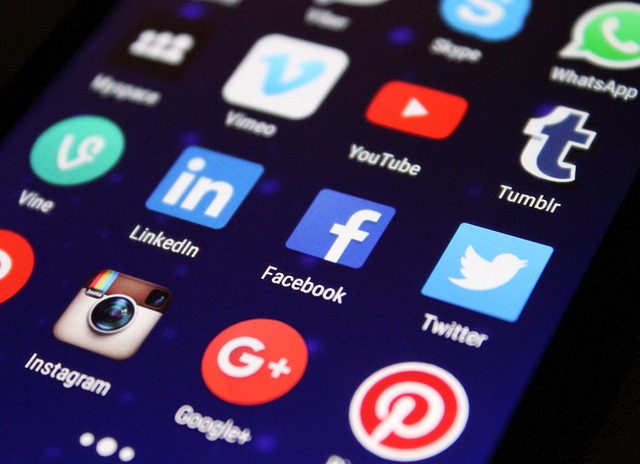In today’s fast-paced digital landscape, navigating digital relational norms is crucial for maintaining meaningful connections. Social media has undeniably transformed the way we interact, offering both innovative advantages and inherent challenges. As we engage in these platforms, we often find ourselves grappling with the complexity of relationships shaped by likes, shares, and direct messages.
Social media impact is profound; it allows us to connect with friends, family, and even strangers from around the globe with just the click of a button. However, this immediacy can sometimes lead to superficial interactions. We may find ourselves scrolling through endless feeds, feeling more distanced from our friends, despite being ‘connected.’ Each post becomes a snapshot of our lives, creating layers of perception that don’t always reflect reality. The temptation to curate an idealized online persona can lead us to prioritize our online relationships over face-to-face interactions, blurring the lines of genuine connections.
Moreover, the dynamics of digital relational norms introduce expectations that often vary from traditional norms. For instance, the pressure to respond immediately to messages can create stress. Many feel obligated to remain constantly available, fearing that a delayed response might signal disinterest. This can lead to misunderstandings and feelings of inadequacy in our personal relationships. What was once a simple phone call or text has morphed into intricate social etiquette linked to our online presence.
As we delve deeper into this digital age, it’s essential to acknowledge that while social media can enhance our contacts, it can also complicate them. The art of conversation has shifted; interactions are now peppered with emojis and gifs, replacing the nuances of vocal tone and body language. Each post or comment is weighed against the backdrop of public perception, often leading to anxiety about how one is perceived on these platforms.
The challenge lies in finding a balance. Embracing the positive aspects of social media – such as the ability to reunite with old friends or the ease of maintaining long-distance relationships – while being mindful of the emotional toll it can take is vital. Understanding the digital relational norms helps us reflect on how we communicate and connect. It encourages us to prioritize authenticity over the façade that social media often promotes.
In navigating our contacts amidst these norms, actively choosing to invest in in-person interactions can be a refreshing change. Organizing coffee meet-ups, phone calls, or even handwritten letters can reinvigorate our connections. The richness of human interaction is irreplaceable and plays a vital role in our emotional well-being.
Ultimately, as we continue to engage with social media, it’s imperative to remain conscious of how it shapes our relationships. By respecting our own needs and the needs of those we connect with, we can foster a healthier digital environment. Balancing the digital and the personal will set a foundation that respects the essence of true human connections, despite the challenges posed by the ever-evolving social media landscape.




